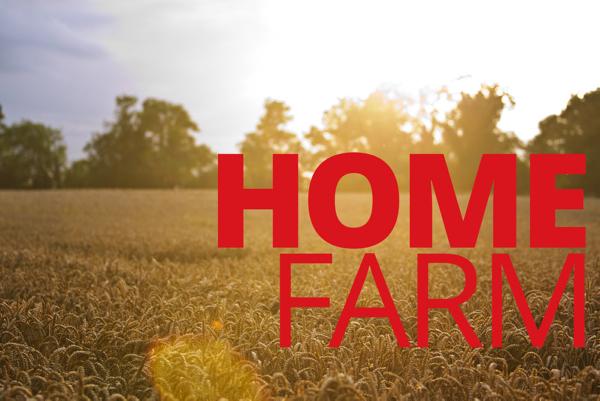It is more than making up for the dry winter and spring – not only have I not got my first cut silage made but the slurry that I expected to put out on the first-cut silage ground has come up to slat level and we have had to spread it on the individual paddocks we have just grazed. It is not ideal, to put it mildly, but there is nothing else we can do with it.
It would be more awkward if we were set-stocking the bulls as it would then have to go on much heavier swards. I am hoping that we can snatch some reasonable weather in the immediate future to get the silage cut but the forecast doesn’t give me much grounds for optimism.
The cattle themselves are doing well and seem to be becoming fit earlier than usual.
Since I have been exposed to the capacity of ICBF to analyse data, I have been paying more attention to the variation in the time it takes to finish different types of bulls to the target weight of 400-420kg. What is clear is that good weight gain is genetically inherited. Dairy farmers buying heifers to go into their herd expect to have an accurate picture of the genetic capacity of the animals they are buying. It would be great to have the same details routinely available for weanlings.
Meanwhile, on the crop side, the first to be harvested will be the winter barley. I may be wrong but I think there are too many heads with 24-28 grains rather than 32 plus, but sun is the greatest help to high yields in winter barley and, at this stage, it’s badly needed. The oilseed rape could do with some as well and I hate to see wheat flowering in such cold, wet weather, though at the moment it seems to be suiting the beans ideally.






 This is a subscriber-only article
This is a subscriber-only article










SHARING OPTIONS: